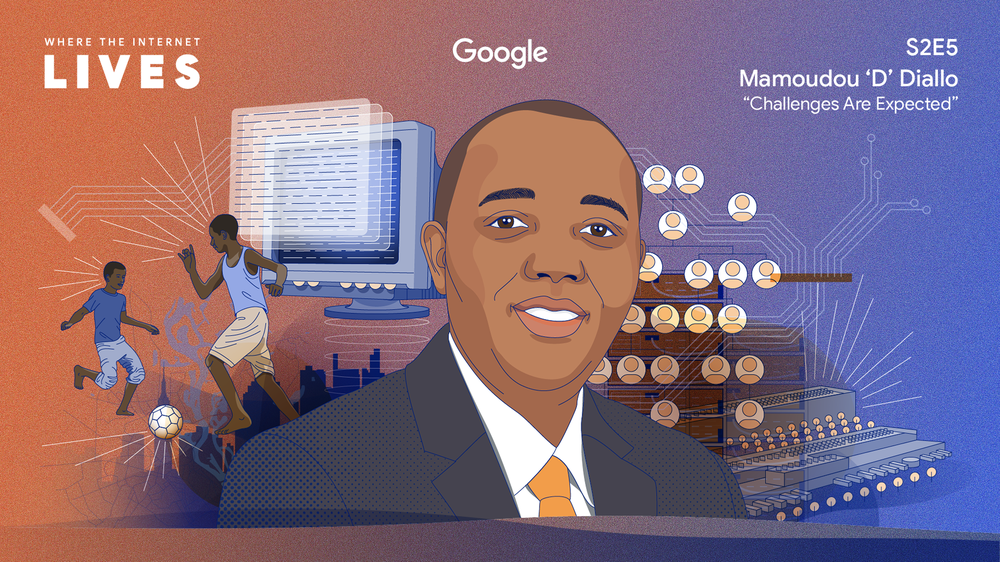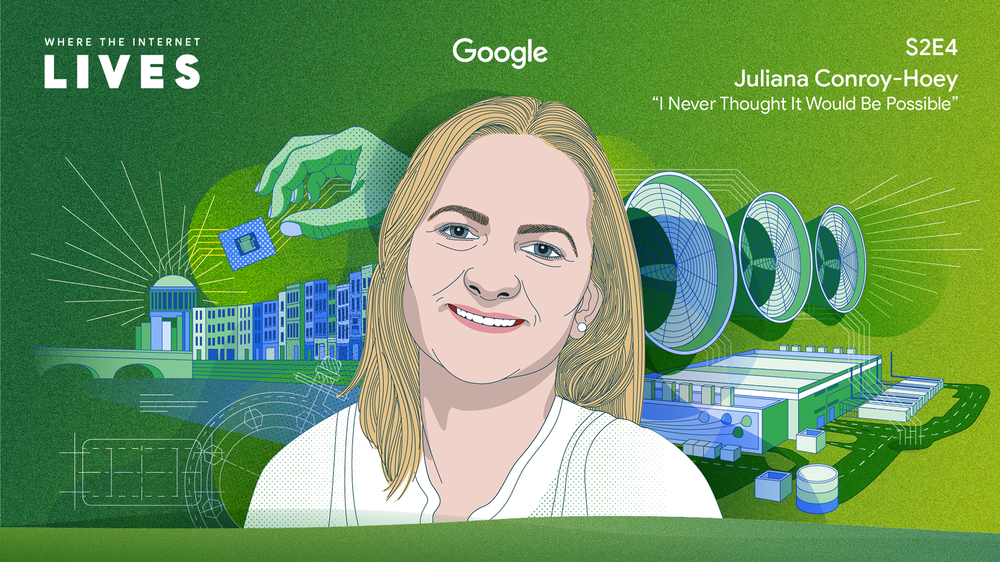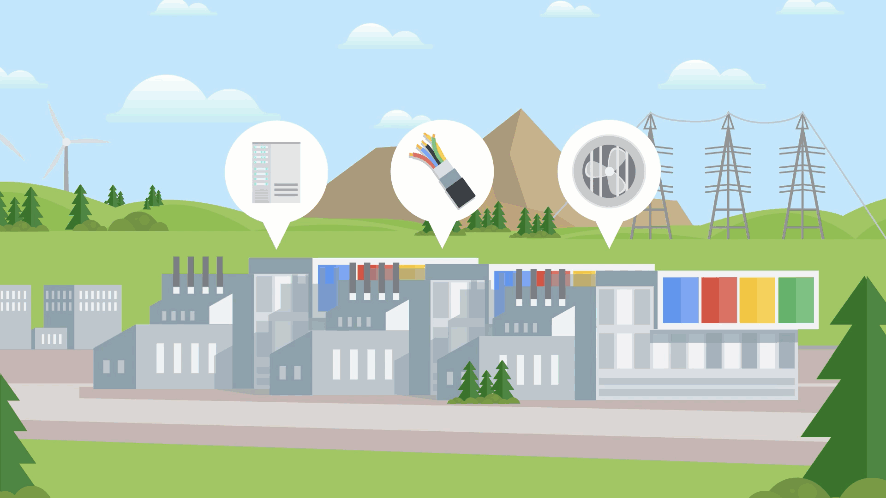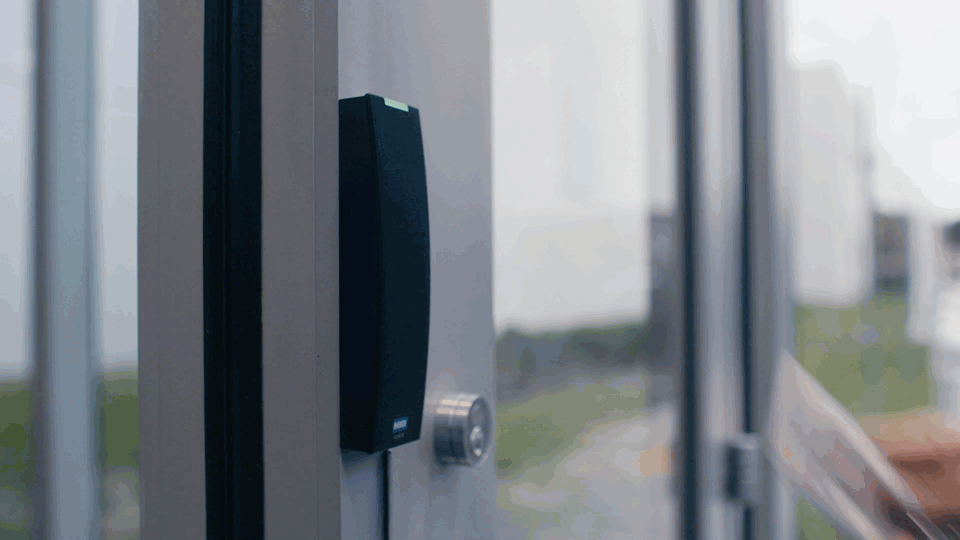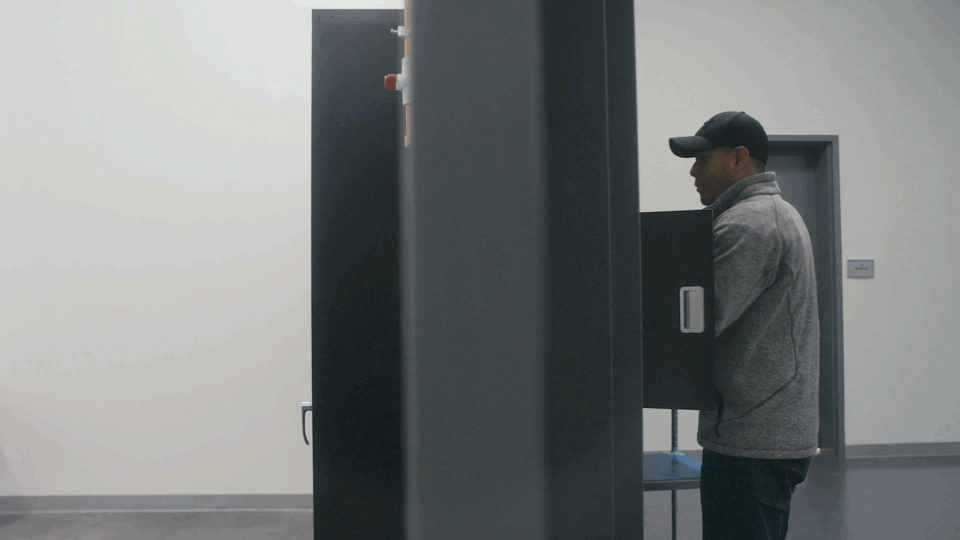Professional football player. Organizational psychologist. Mechanical engineer. Ice cream factory worker.
This list of careers may seem random, but they have something in common. They’re all part of the personal and professional histories of people who now work at Google data centers. These individuals, and their stories, take center stage in Season 2 of Where the Internet Lives, a podcast about the hidden world of data centers.
In Season 1, we pulled back the curtain to share how data centers work, what they mean to the communities that host them and our goal to run them on 24/7 carbon-free energy. In Season 2, we’re focusing on the lives and career journeys of ten people who help keep the internet running.
You’ll hear from folks like Mamoudou “D” Diallo, who grew up in Guinea-Conakry in West Africa. After scoring exceptionally well on a standardized test in high school, he traveled to Ukraine for college to study computer engineering — a subject that, up until that point, he had only read about in books. He later moved to Ohio for graduate school and spent 20 years working on technology in the financial sector. He has since shifted to the tech industry, and is now the site manager for Google’s data center in New Albany, Ohio.
 Season 3 of the Where the Internet Lives podcast explores how data centers change the world around them in surprising and beneficial ways.
Season 3 of the Where the Internet Lives podcast explores how data centers change the world around them in surprising and beneficial ways.
 Season 3 of the Where the Internet Lives podcast explores how data centers change the world around them in surprising and beneficial ways.
Season 3 of the Where the Internet Lives podcast explores how data centers change the world around them in surprising and beneficial ways.
 Season 3 of the Where the Internet Lives podcast explores how data centers change the world around them in surprising & beneficial ways.
Season 3 of the Where the Internet Lives podcast explores how data centers change the world around them in surprising & beneficial ways.
